The 8th and 9th battle have been fought in my Polish–Swedish War 1625–1629 campaign at the club games of the Pikeman´s Lament rules that I and Dan Mersey have been working on and that are due to be published in January 2017 by Osprey
The Campaign revolves around the war between the Swedes and the Poles in 1625-1629 and we have started of during the autum of 1625.
The Polish–Swedish Wars were a series of wars between the Polish–Lithuanian Commonwealth and Sweden. Broadly construed, the term refers to a series of wars between 1563 and 1721. More narrowly, it refers to particular wars between 1600 and 1629.
In 1621, the Swedes besiege and conquered Riga, which attracted attention, as it was the first time a Protestant leaders defeated a Catholic power. The Swedish army was worn and the Poles could regain the initiative at Dorpat. Truce was signed in November 1622 and was extended until March 1625. Any acceptable terms for peace with Poland, could not be reached, so Gustav II Adolf planned a new campaign against Poland, which began in June 1625. Kokenhusen, Birze and Mitau was captured and Dorpat was taken after six days of siege. During the autumn of 1625 two Polish armies appeared against the Swedish forces and Gustav II Adolf decided to get into a clash before the Polish forces managed to unite.
So this is the starting point for my Polish War club campaign.
Below are a map of the area around the Town of Kockenhus where the campaign are set during the Autum of 1625. The Red and blue sabers mark the point of each game and the winner...
The Swedes are in a roll at the moment as they won the 8th game and also the 9th that was inspired by the Battle of Wallhof in January 1626.
You can see my pictures below and read a full AAR at my matey Ulf´s blog.
Keeping track of how many points each command had lost. Each command continued to fight untill half or more of the army points was lost and the whole army continued untill more than 50% of the total points was lost.

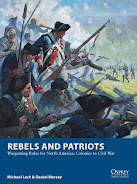
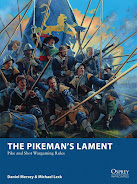




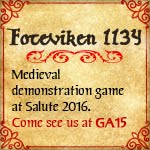



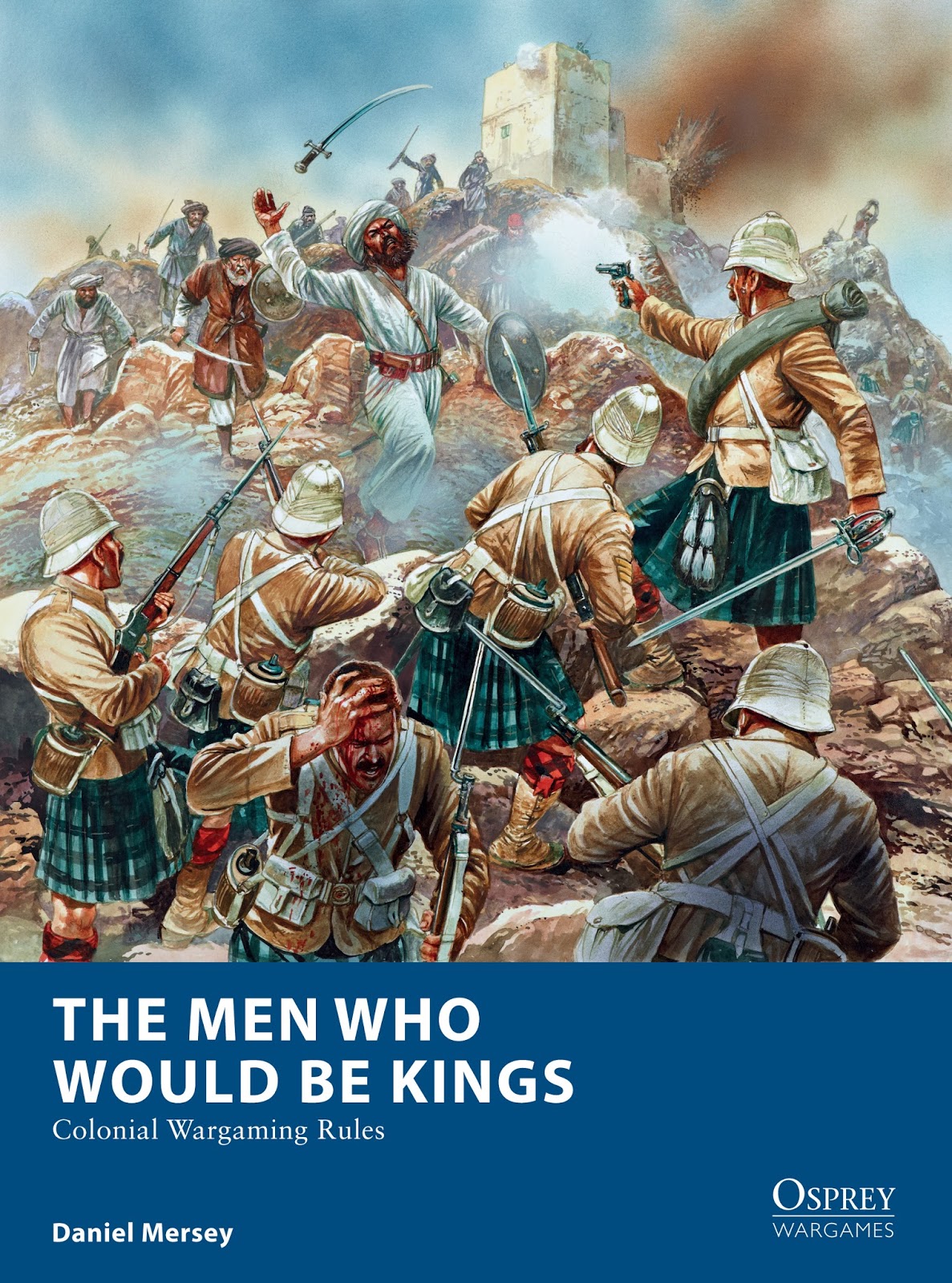
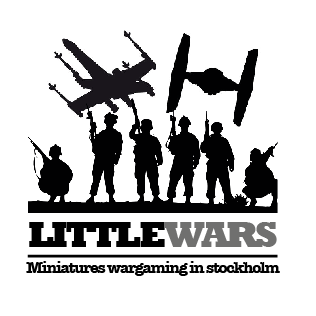

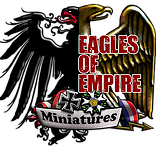
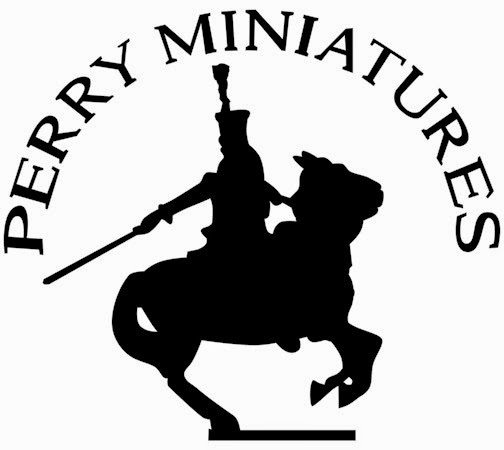















Fantastic game!!
ReplyDeleteThat;s an impressive sight Michael.
ReplyDeleteImpressive looking game
ReplyDeleteYour bat reps are always a great read...superb pics of a great-looking game.
ReplyDeleteGood looking game like the winter effect😀
ReplyDeleteGreat batrep Michael!
ReplyDeleteLooks like a really good game.
ReplyDeleteThat looks awesome! /Mattias
ReplyDeleteSuperb!
ReplyDeleteWell done Michael. Looks awesome!
ReplyDeleteIncredible! Love your figs and scenery.
ReplyDeleteThat's a splendid-looking game, Michael. Good work.
ReplyDeleteBest wishes
Giles
Refreshing with greyish scenery :) Green gaming tables are beautiful but maybe all too common.
ReplyDeleteExcellent looking game Micheal!
ReplyDeleteChristopher
Michael,
ReplyDeleteI have lost your email address.I wonder if you could tell me the name of the book about the army of Erik xiv that is similar in style to Alf Alberg's Karoliner?
cheers
Alan
Hi Alan
DeleteThe book you want are "Göte Göransson. Gustav Vasa och hans folk. 1984"
Do you want a copy?
You can mail me at dalauppror@gmail.com
Best regards Michael